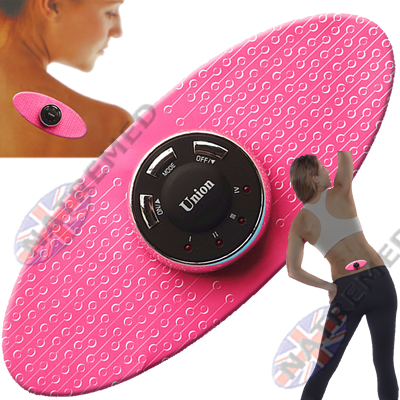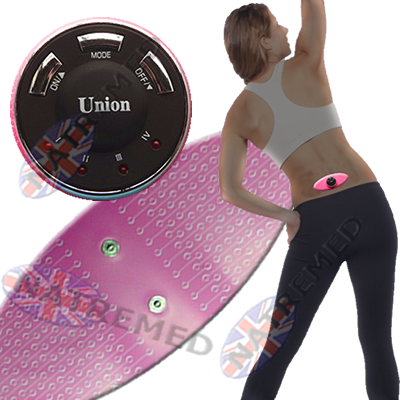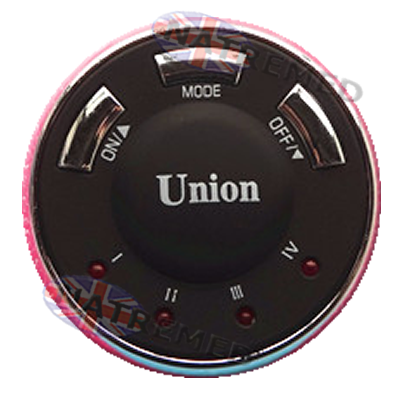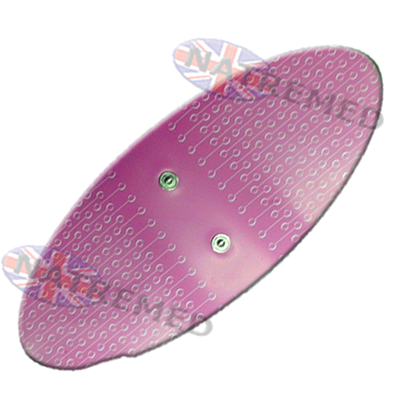



Ernie 0771 737 5815


Natremed,
Unit B9
Keepsafe Self Storage Ltd
Bailey Hall Road
Halifax,
HX3 9XJ
 Injury Treatment
Cold Wraps & Sleeves
Pain Relief products
Biofreeze
Injury Treatment
Cold Wraps & Sleeves
Pain Relief products
Biofreeze
General Information
Product Groups
Product Information
and Sales

What is TENs

How TENs Works
TENS is a method of electrical stimulation which primarily aims to provide a degree of pain relief by specifically exciting sensory nerves and thereby stimulating either the pain gate mechanism.
The different methods of applying TENS relate to these different physiological mechanisms. Success is not guaranteed with TENS, and the percentage of patients who obtain pain relief will vary, but would typically be in the region of 65%+ for acute pains and 50%+ for more chronic pains. Both of these are better than the placebo effect. The technique is non invasive and has few side effects when compared with drug therapy.
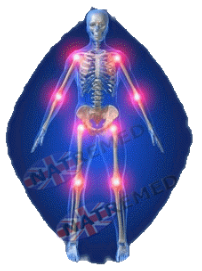
The type of stimulation delivered by the TENS unit aims to excite (stimulate) the sensory nerves, and by so doing, activate specific natural pain relief mechanisms. For convenience, if one considers that there are two primary pain relief mechanisms which can be activated : the Pain Gate Mechanism and the Endogenous Opioid System, the variation in stimulation parameters used to activate these two systems will be briefly considered.
Pain relief by means of the pain gate mechanism involves activation (excitation) of the A beta sensory fibres, and by doing so, reduces the transmission of the noxious stimulus from the ‘c’ fibres, through the spinal cord and hence on to the higher centres. The A beta fibres appear to appreciate being stimulated at a relatively high rate (in the order of 90 - 130 Hz or pps). It is difficult to find support for the concept that there is a single frequency that works best for every patient, but this range appears to cover the majority of individuals.
An alternative approach is to stimulate the A delta fibres which respond preferentially to a much lower rate of stimulation (in the order of 2 - 5 Hz), which will activate the opioid mechanisms, and provide pain relief by causing the release of an endogenous opiate (encephalin) in the spinal cord which will reduce the activation of the noxious sensory path ways.
A third possibility is to stimulate both nerve types at the same time by employing a burst mode stimulation. In this instance, the higher frequency stimulation output (typically at about 100Hz) is interrupted (or burst) at the rate of about 2 - 3 bursts per second. When the machine is ‘on’, it will deliver pulses at the 100Hz rate, thereby activating the A beta fibres and the pain gate mechanism, but by virtue of the rate of the burst, each burst will produce excitation in the A delta fibres, therefore stimulating the opioid mechanisms. For some patients this is by far the most effective approach to pain relief, though s a sensation, numerous patients find it less acceptable than the other forms of TEN
TENs (Transcutaneous Electrical Nerve Stimulation)


GT-501 Multi-Function Mini TENs Massager


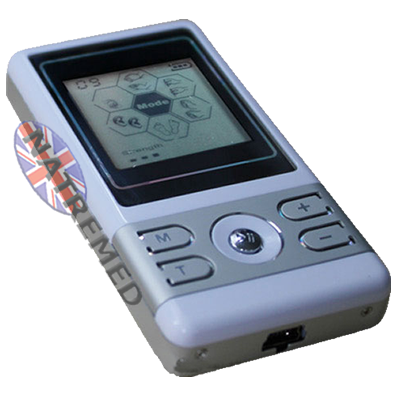

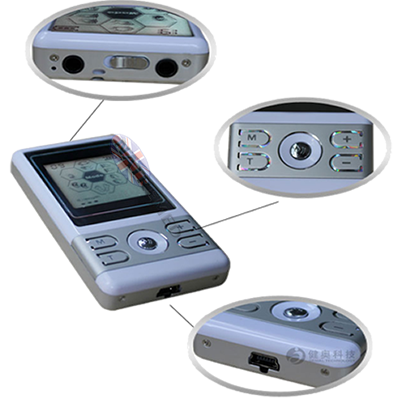

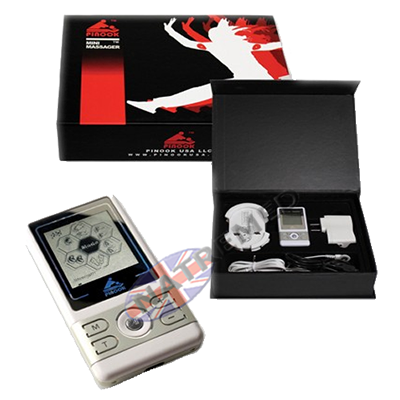

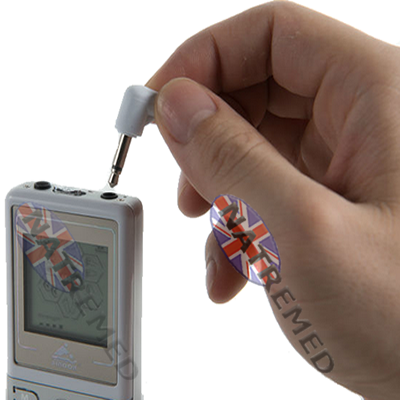
The W-803 Acupuncture Body Relaxing Machine is a preprogrammed portable massager that combines the benefits of modern western technology with the ancient Asian Acupuncture theory of massage acupuncture, and low frequency impulses to help relieve pain.
Like the electronic muscle stimulators used by Chiropractors, this massager sends low frequency impulses to help stimulate and tone muscles, improve circulation and provide completely natural pain relief in muscles and joints.


W-803 Wireless TENs/Acupuncture Massager


